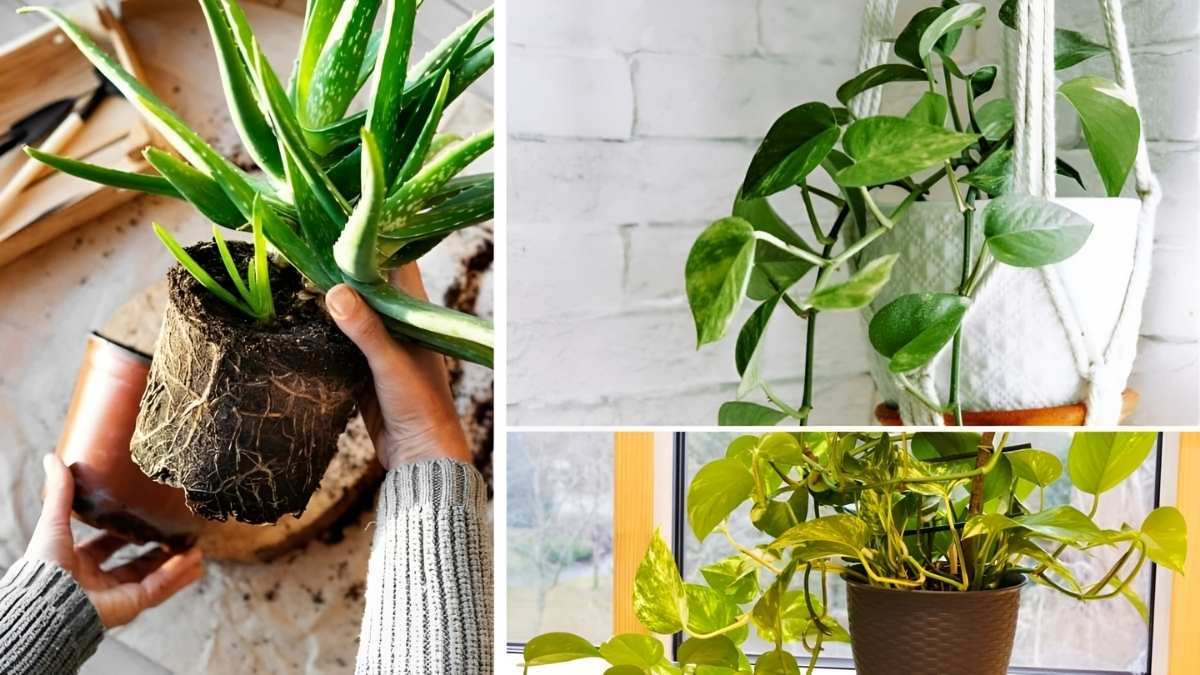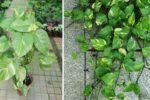Indoor plants are a wonderful way to bring life, color, and freshness into your home or office. They not only brighten a space but also improve air quality and add a sense of calm. However, even the healthiest-looking plant can struggle if it’s stuck in a pot that’s too small. Over time, roots can become crowded, soil nutrients get depleted, and growth slows down. Repotting is essential for keeping your plants happy and healthy.
Here are six clear signs that your indoor plants are ready for a bigger pot, along with tips on how to repot them successfully.
Roots Are Growing Out of the Drainage Holes
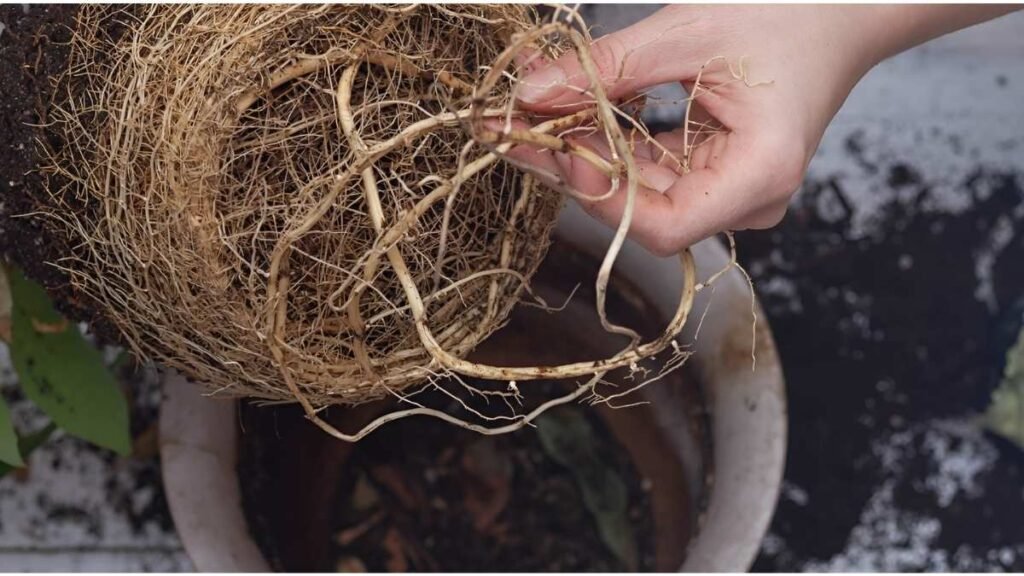
When roots begin to peek out of the drainage holes at the bottom of the pot, it’s a clear sign your plant has outgrown its current container. This condition, known as being root-bound, can prevent your plant from absorbing enough water and nutrients, which slows growth and stresses the plant.
What to do:
- Carefully remove the plant from its pot.
- Untangle or trim any circling roots.
- Choose a new pot 1–2 sizes larger with drainage holes.
- Add fresh potting soil suitable for your plant type.
Pro tip: Lightly loosening densely packed roots encourages outward growth in the new pot.
Water Drains Too Quickly or Pools on the Surface
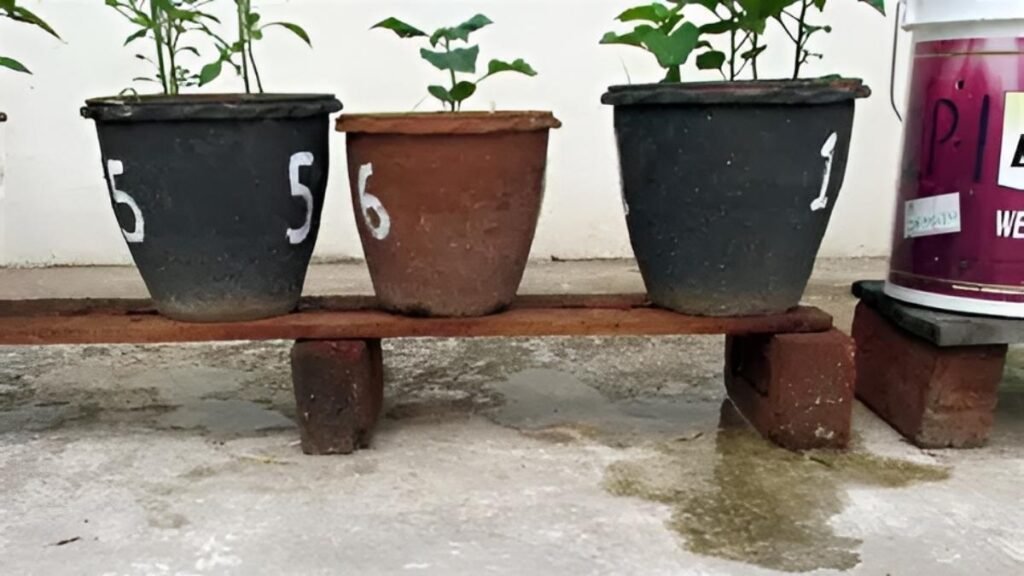
If water passes through the pot almost immediately or remains sitting on top of the soil, your plant may be root-bound, or the soil could have degraded. Old soil loses its ability to retain moisture, which can leave your plant stressed and dehydrated.
What to do:
- Repot the plant using fresh, well-draining soil.
- Make sure the new pot has proper drainage.
- For water-sensitive plants, mix in perlite or sand to improve aeration.
Pro tip: Repotting helps water soak evenly and ensures roots get enough oxygen.
Plant Growth Has Stalled
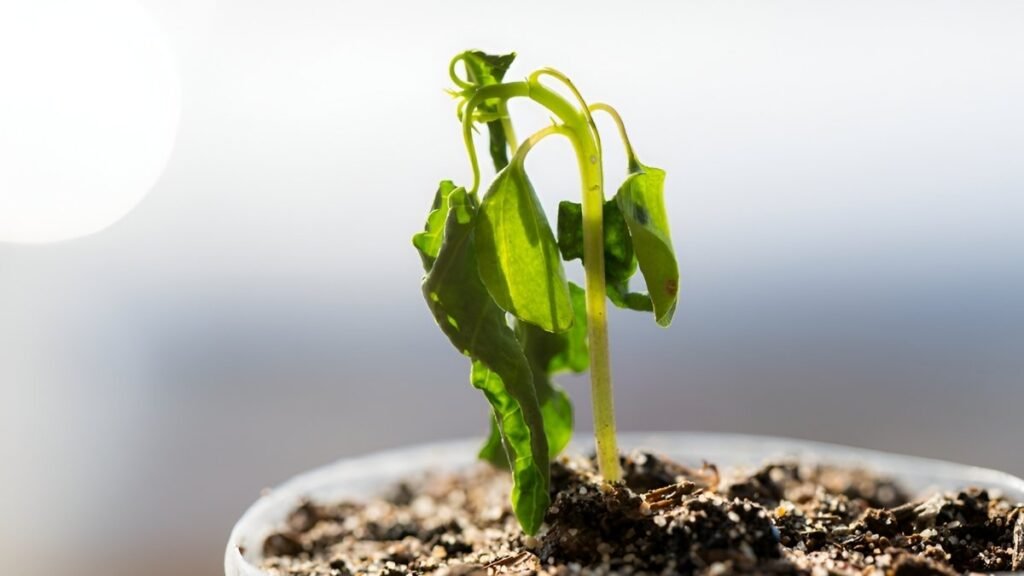
If your plant has stopped growing or produces smaller leaves than usual, cramped roots or nutrient depletion may be the cause. Plants need both space and fresh soil nutrients to thrive.
What to do:
- Check the roots for overcrowding.
- Trim any dead or excessively long roots.
- Move the plant to a slightly larger pot with nutrient-rich soil.
- Resume regular fertilization after repotting to encourage new growth.
Pro tip: Repot indoor plants every 1–2 years to keep them growing robustly.
Yellowing or Dropping Leaves
Yellowing leaves are often a sign of stress caused by root crowding, poor soil quality, or nutrient deficiencies. If the plant is otherwise healthy but the lower leaves are turning yellow or falling off, repotting may help.
What to do:
- Inspect the roots and prune any dead or unhealthy sections.
- Repot in fresh soil with proper nutrients.
- Water carefully after repotting to reduce stress.
Pro tip: Yellowing leaves can also indicate overwatering. Fresh, well-draining soil can help resolve both moisture and nutrient issues.
Roots Are Visible on the Soil Surface
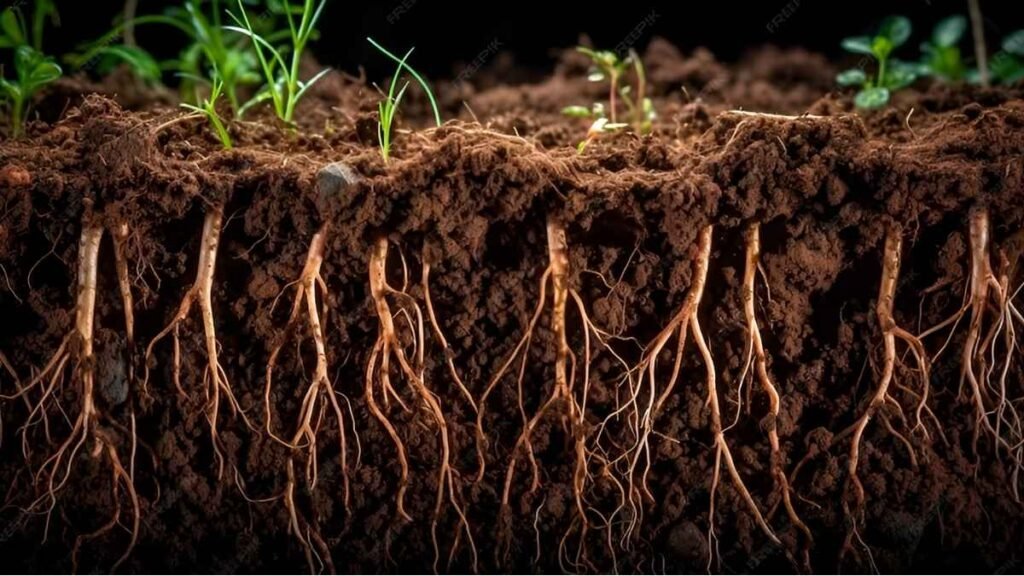
When roots begin to grow across the soil surface, it’s a sign the plant has used up the available space in the pot. Surface roots can interfere with proper soil aeration and water absorption.
What to do:
- Gently lift the plant from the pot.
- Trim any exposed roots as needed.
- Repot in a slightly larger container with fresh soil.
- Cover surface roots with a thin layer of soil or moss for protection.
Pro tip: Keeping roots slightly covered during repotting encourages healthier growth downward.
The Plant Is Top-Heavy or Tipping Over
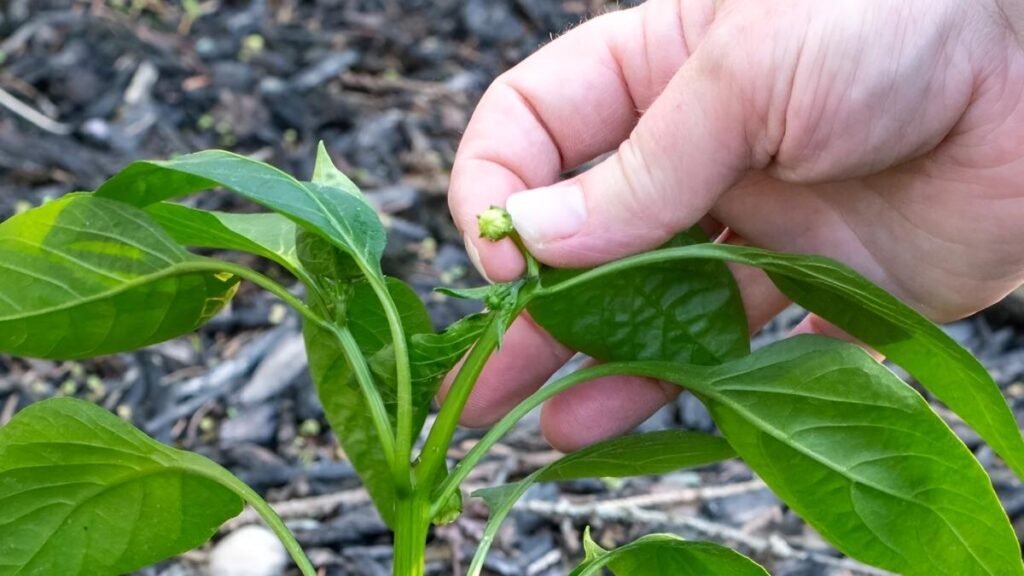
If your plant leans to one side or tips over easily, the root system may not be able to support its weight. This is common in tall plants or those with heavy foliage. A bigger pot stabilizes the plant and gives the roots space to grow.
What to do:
- Choose a wider, heavier pot to anchor the plant.
- Trim long or unruly roots if needed.
- Add fresh soil to support the plant firmly.
- Consider staking the plant temporarily until roots establish.
Pro tip: Pots that are wider than they are tall work best for top-heavy plants.
How to Repot Your Indoor Plants Successfully
Choose the Right Pot:
- Slightly larger than the current pot (1–2 sizes).
- Must have drainage holes to prevent waterlogging.
Use Fresh Potting Mix:
- Select soil appropriate for your plant type (cactus mix for succulents, general indoor mix for foliage plants).
- Avoid compacted or old soil that restricts root growth.
Handle Roots Carefully:
- Loosen root-bound roots gently.
- Trim damaged or dead roots to promote healthy growth.
Plant and Water Properly:
- Position the plant at the same soil depth as before.
- Fill with fresh soil around roots, pressing lightly to remove air pockets.
- Water lightly immediately after repotting; resume normal care after a week.
Post-Repot Care:
- Place in indirect light for a few days to reduce transplant shock.
- Avoid fertilizing immediately; allow the plant to adjust.
- Repot during the plant’s active growing season (spring or early summer) for best results.
Benefits of Regular Repotting
- Improves root health by freeing crowded roots.
- Boosts growth with fresh soil and extra space.
- Prevents diseases caused by old soil or pests.
- Enhances stability for tall or top-heavy plants.
Common Mistakes to Avoid
- Using a pot that’s too large, which can lead to root rot.
- Repotting too frequently, which stresses the plant.
- Neglecting drainage holes.
- Ignoring plant-specific soil needs succulents, ferns, and tropical plants all require different soils.
Final Thoughts
Repotting is a vital step in keeping indoor plants healthy and thriving. By recognizing these six signs roots outgrowing drainage holes, poor water absorption, stalled growth, yellowing leaves, surface roots, and top-heavy plants you can ensure your plants continue to flourish.

